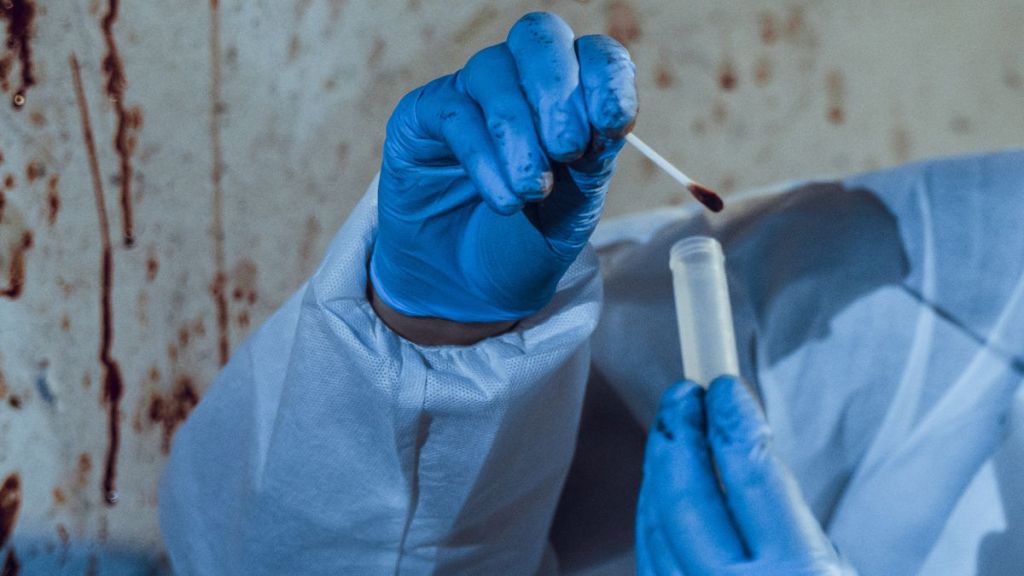The future of forensic science could take a turn with the new study in which researchers have identified a network of 20 microbes that drive the decomposition of animal flesh. This announcement by Colorado State University is the first time of such a discovery. This revelation could give investigators a more precise way to determine when a body died.
Jessica Metcalf, the senior author of the study published in Nature Microbiology this week, expressed excitement about the implications, stating, “It’s fascinating that these microbes consistently participate in the breakdown of animal remains. This discovery opens up new avenues for ecological research.”
Over several years, researchers conducted a comprehensive study involving the decomposition of 36 cadavers across three distinct facilities. The cadavers were exposed to varying climates and seasons, with skin and soil samples collected within the initial 21 days of decomposition. Through extensive molecular and genomic analysis, researchers mapped the microbiome present at each site, detailing the composition, arrival patterns, and temporal dynamics of the microbes.
Remarkably, the study revealed a consistent set of nearly 20 specialized decomposing microbes present on all 36 bodies. These microbes exhibited a predictable arrival pattern during decomposition, irrespective of environmental factors, with insects playing a crucial role in their dispersal.
Utilizing the data gained from the study along with machine learning techniques, researchers developed a tool capable of accurately predicting the postmortem interval—the time since death. Co-author David Carter emphasized the reliability of microbial evidence in death investigations, stating, “Unlike other physical evidence, such as fingerprints or bloodstains, microbes are a consistent presence at every scene.”
Determining the time of death is paramount in death investigations, aiding in victim identification, suspect apprehension, and alibi validation. The ability to predict the time of death with precision holds immense significance in forensic science and law enforcement.

